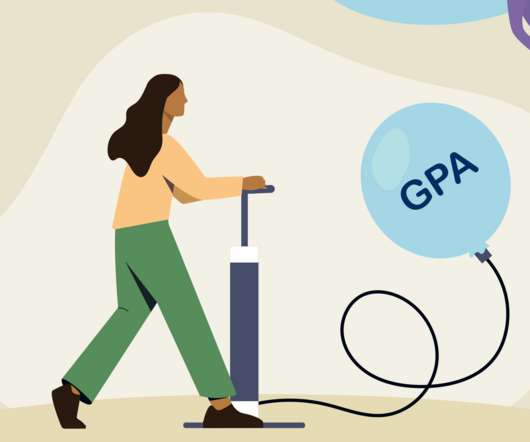Characteristics of The 21st Century Teachers
Educational Technology and Mobile Learning
JANUARY 3, 2024
This could involve using differentiated instruction, incorporating multicultural education, or employing a range of assessment methods. The importance of adaptability for teachers is well documented in the research literature (e.g., Brouwer & Korthagen, 2005; Ferrari, Cachia, & Punie, 2009; Zhu et al., Madda et al.,




















Let's personalize your content